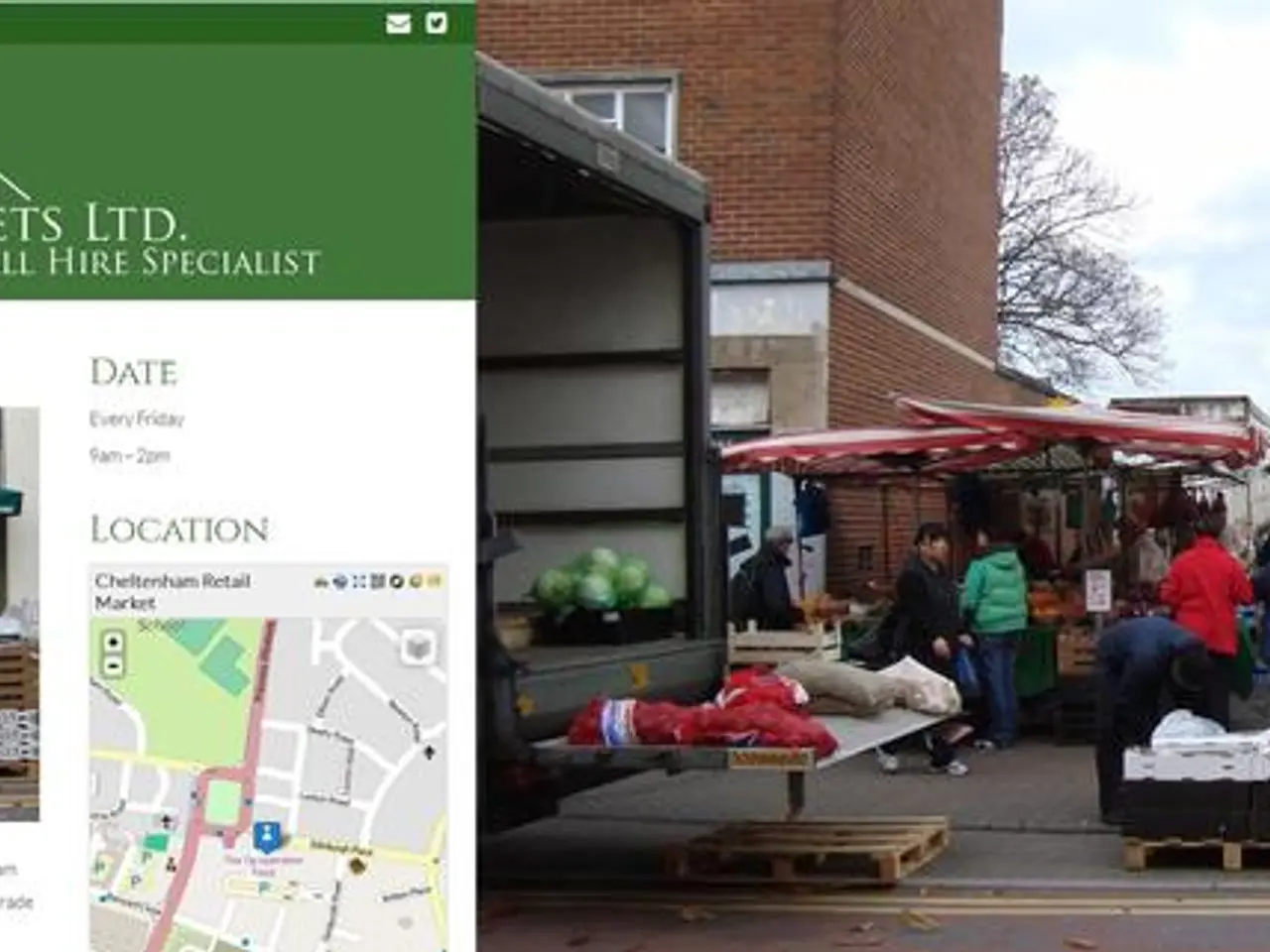Web Design vs. Graphic Design: A Comparative Analysis
Graphic design and web design, two distinct disciplines, often leave people wondering which one is better suited for them. The truth is, neither is inherently superior; they are complementary fields that cater to different purposes and skill sets.
The primary difference between the two lies in the nature of work. Graphic design focuses on creating static visual content, such as logos, print ads, and social media images, with an emphasis on artistic principles like color theory and typography. These designs do not require coding and remain unchanged unless intentionally updated. On the other hand, web design involves planning and creating interactive, dynamic websites where user experience (UX) and user interface (UI) play crucial roles. Web designers often need technical skills like HTML and CSS coding to build websites that are visually appealing and functionally effective.
Interactivity is another key difference. Web design includes creating interactive elements such as clickable buttons, navigation menus, and responsive layouts, aiming to provide smooth and intuitive user journeys. In contrast, graphic design usually does not include the same level of interactivity, being mostly focused on fixed images or layouts without user engagement features.
When it comes to skill sets and tools, graphic designers typically use design software like Adobe Photoshop and Illustrator to craft visuals, while web designers combine design tools with knowledge of front-end coding languages and UX principles to ensure websites are not only attractive but also usable and optimized for conversions and performance.
The objectives of the two disciplines also differ. Graphic design aims to create compelling visual messages that support branding and marketing through static or occasionally digital graphics. Web design, however, strives to integrate visual design with usability, ensuring that a website effectively guides user actions such as purchases or sign-ups and reflects the brand identity consistently online.
If you prefer creating artistic, static visuals, graphic design might be the better choice for you. If you are interested in creating interactive digital experiences that blend design and functionality, web design is likely the better fit. Both roles require knowledge of design principles but differ in technical demands and interaction focus.
Common deliverables in web design include website layouts, landing pages, user interfaces (UI), email templates, and mobile app designs. Web design often requires knowledge of coding languages like HTML, CSS (optional but helpful). On the other hand, graphic design is a field focused on visual communication, creating graphics, typography, and imagery for print and digital formats.
Web design has a high demand in tech-driven industries, making it an attractive career choice. It is ideal for those who are interested in creating interactive and dynamic digital experiences, and want to work in fields like software development, user experience design, or digital marketing. Graphic design, on the other hand, is more competitive and often freelance-based, finding its niche in advertising, publishing, or marketing.
Web design requires awareness of responsive design and accessibility, understanding of UX and UI principles, and a focus on creating interactive, functional experiences on the web. Common tools used in web design include Figma, Adobe XD, Sketch, and Webflow. Web design requires skills such as understanding UX design, HTML, CSS, JavaScript, and familiarity with design tools like Adobe XD, Sketch, and Figma.
In conclusion, both graphic and web design require creativity, attention to detail, and a strong understanding of design principles, but they serve different purposes and require different skill sets. The choice between the two depends on one's interests, goals, and the kind of work they enjoy.
- For individuals with a strong interest in fashion-and-beauty, lifestyle, or finance, developing careers in graphic design could offer opportunities to create compelling visuals that support branding and marketing for these sectors.
- In the realm of business and technology, web design provides a platform for creating interactive and dynamic digital experiences, making it an appealing choice for those who aspire to work in tech-driven industries like software development, user experience design, or digital marketing.
- Aspiring graphic designers and web designers both should be well-versed in design principles, but those drawn to technology and interaction focus would find web design more suitable, while those inclined toward creating artistic, static visuals might prefer graphic design.




